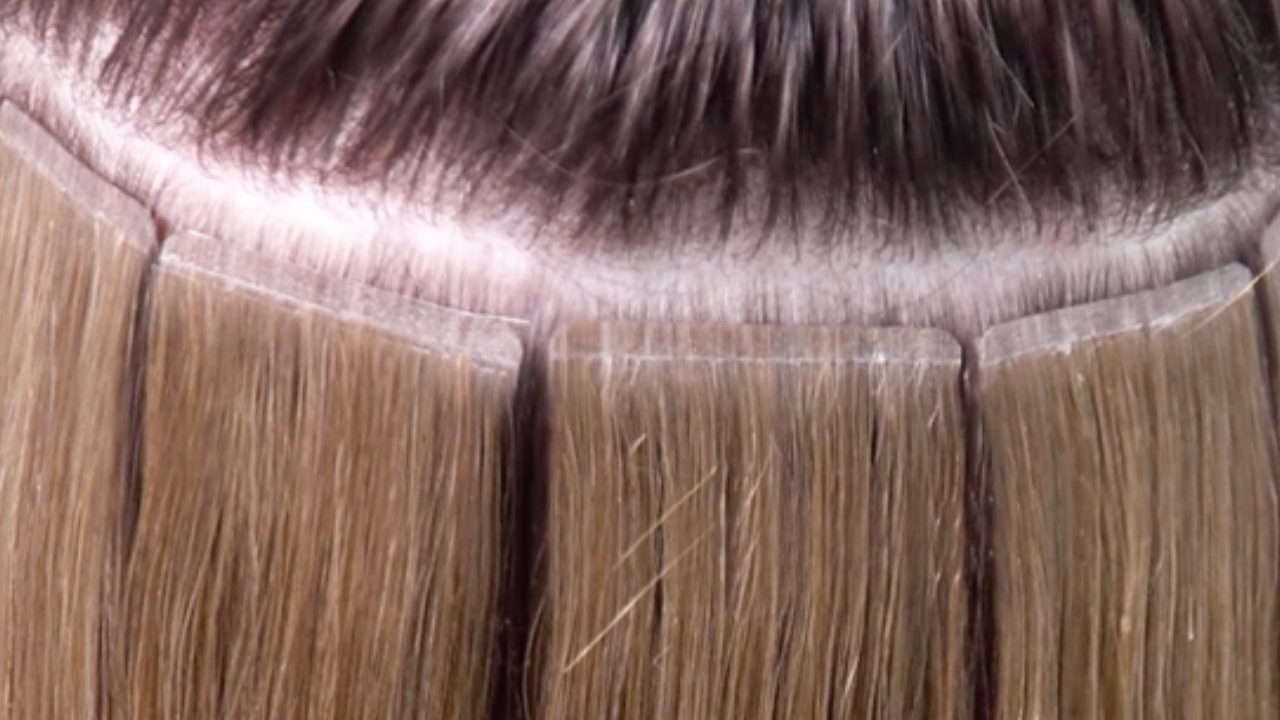The realm of flawless beauty and classic elegance is achieved with hand-tied weft hair extensions. Carefully produced by proficient artists, these extensions revolutionize the field of hair augmentation by providing an incredibly natural appearance and unmatched comfort. In contrast to their machine-made equivalents, each hand-tied weft is expertly crafted by tying individual strands.
The application procedure, a complex ballet requiring accuracy and knowledge, guarantees a stable connection that endures. To learn more about INTACTE hair extension go to the website. In the world of hair extensions, hand-tied wefts have emerged as the pinnacle of refinement due to their exquisite feel and endless styling possibilities.
How Do Hand-Tied Weft Extensions Harm Your Hair?
When placed and cared for correctly, hand-tied weft extensions usually do little harm to natural hair. Tension is lessened by these flat, lightweight extensions that rest against the scalp. On the other hand, damage may result from improper installation, high stress, or inadequate maintenance. To reduce the possibility of damage to your hair, you must get advice from a professional stylist and adhere to the recommended care guidelines.
The Cost Factors of Hand-Tied Weft Hair Extensions Compared to Others
For those who want a smooth, natural look, hand-tied weft hair extensions are a popular option. The total cost of hand-tied weft extensions can be significantly influenced by several factors when compared to other extension methods. To give you a thorough picture, let's examine the cost comparison.
Hair Material Quality:
The quality of the hair used is the main element affecting the cost of any hair extension technique. Weft extensions that are hand-tied are frequently composed of premium human Remy hair, which is renowned for its cuticle alignment and organic appearance. Cost is mostly determined by the quality of the hair, with Remy hair being more costly than non-Remy or synthetic alternatives. Different hair types may be used with alternative extension techniques, which could affect the final cost.
Labor and Installation Time:
Weft extensions that are hand-tied are painstakingly made by hand to give a smooth, organic appearance. In comparison to faster techniques like clip-ins or tape-ins, this complex approach can result in greater installation prices since it calls for knowledgeable personnel. Fusion techniques, including microbead or keratin extensions, are more expensive overall since they require a time-consuming procedure. The cost of an extension method often increases with the labor-intensiveness of the installation.
Longevity and Maintenance:
A major factor in total expenses is the longevity and upkeep needs of various extension techniques. When given the right care, hand-tied weft extensions can endure for several months. Long-term cost-effectiveness may result from less frequent replacements, even though the initial expenditure may have been larger. Conversely, while clip-ins and tape-ins would be less expensive initially, they might require replacement more frequently, which would raise the total cost over time.
Natural Appearance:
The natural appearance of hand-tied weft extensions is one of their primary draws. The wefts mix in seamlessly with the natural hair since they are flat against the scalp. It takes meticulous craftsmanship to achieve this level of nuance, which raises the final cost. The degree of natural integration provided by other techniques, like clip-ins or halo extensions, might not be as high, which would have an impact on their cost.
Customization and Styling Options:
You can add extra texture, color, and length to hand-tied weft extensions. The ability to customize the extensions to the client's unique tastes raises the overall cost due to this flexibility. Customization may also be possible via fusion processes, but it may cost more. Conversely, pre-made extensions like tape-ins or clip-ins are less customizable and can be more affordable for people with certain financial limitations.
Weight and Comfort:
Hand-tied weft extensions are well known for being both light and cozy. Because the wefts are flexible and thin, natural hair is not as stressed. Although comfort is a personal preference, hand-tied wefts can be more expensive than bulkier techniques like braided or sew-in extensions because of the careful construction required to make them lightweight.
End Summary
Although hand-tied weft hair extensions may cost more upfront, they are frequently a more affordable option over time because of their superior quality, realistic appearance, and longer longevity. The choice between different extension techniques and hand-tied wefts is based on personal preferences, financial constraints, and the ideal ratio of early outlay to long-term gains.


